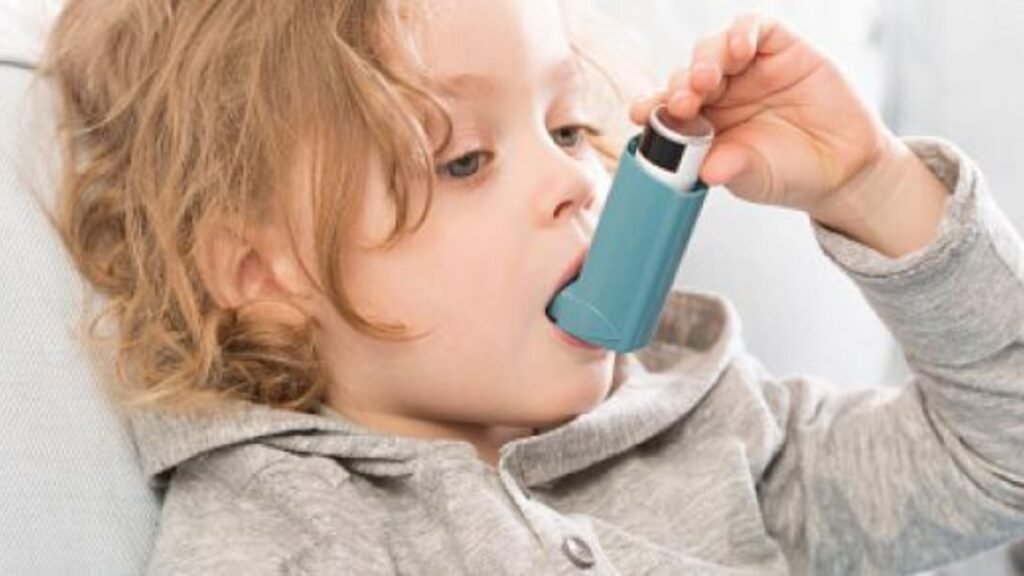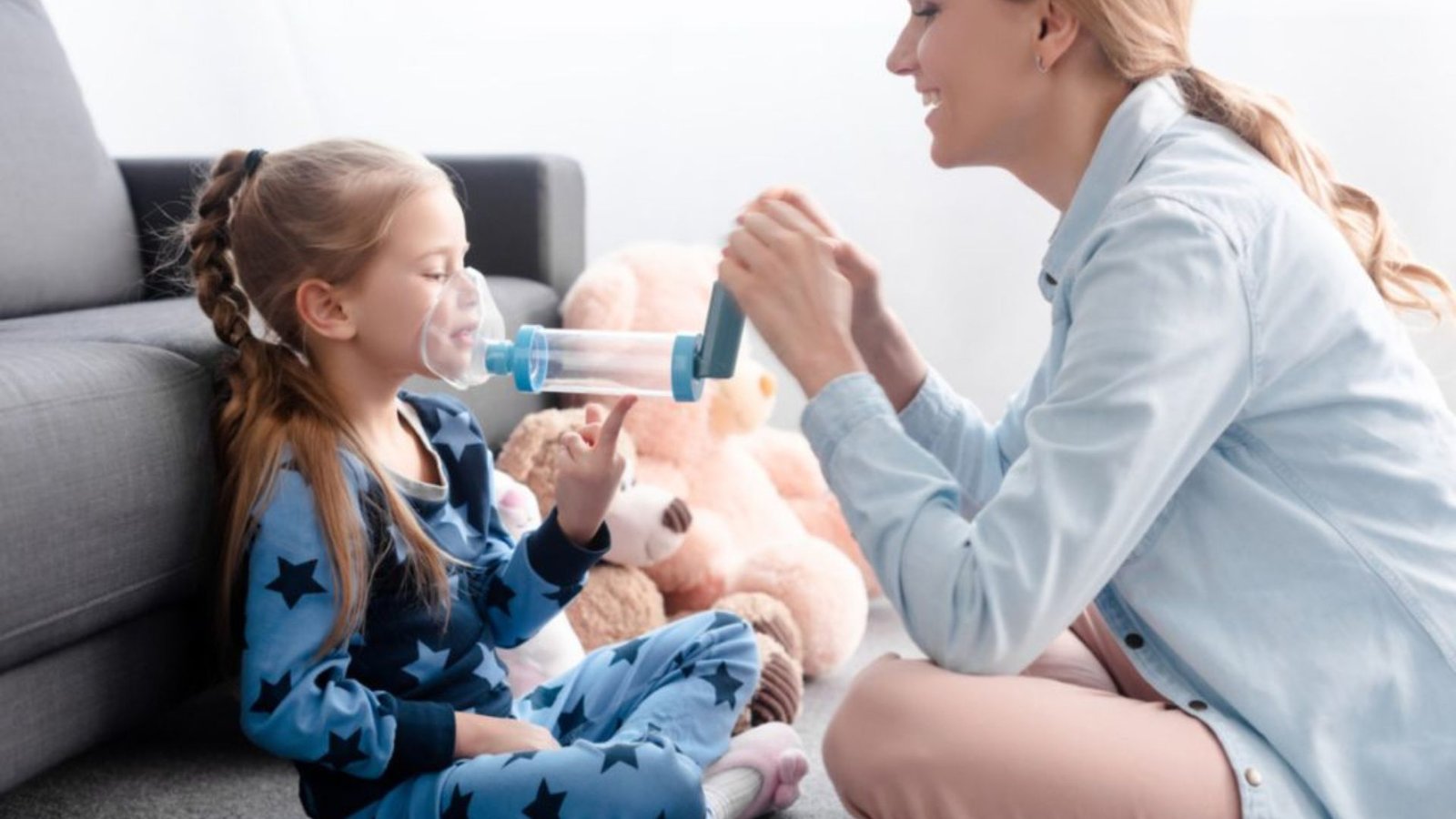Managing asthma in children requires a proactive approach to ensure their symptoms are controlled and their quality of life is improved. Effective asthma management involves a combination of medication, lifestyle adjustments, and regular monitoring. Here are key tips for asthma management for children:

Understanding Asthma in Children
1. Know the Symptoms
- Common Signs: Wheezing, coughing, shortness of breath, and chest tightness. Symptoms may worsen at night or during physical activity.
- Monitoring: Keep track of any changes in symptoms or frequency of attacks to manage them more effectively.
2. Work with Healthcare Providers
- Regular Check-Ups: Schedule regular appointments with your child’s healthcare provider to monitor asthma control and adjust treatment as needed.
- Update Action Plan: Ensure your child’s asthma action plan is current and includes clear instructions for managing symptoms and responding to emergencies.
Medication Management
1. Adhere to Prescribed Medication
- Daily Use: Ensure your child takes their maintenance medication regularly, even when they feel well, to keep asthma under control.
- Rescue Inhalers: Teach your child how to use their rescue inhaler correctly and ensure it is always available for quick relief during an asthma attack.
2. Use Proper Techniques
- Inhaler Use: Demonstrate and practice proper inhaler techniques to ensure effective medication delivery. Consider using a spacer if recommended by your healthcare provider.
- Monitor Doses: Keep track of medication doses and refill prescriptions before they run out.
Creating a Safe Environment
1. Reduce Allergens and Triggers
- Allergen Control: Minimize exposure to common allergens such as dust mites, pet dander, and mold. Use allergen-proof covers on bedding, keep pets out of bedrooms, and clean regularly.
- Avoid Triggers: Identify and avoid triggers like smoke, strong odors, and cold air that can exacerbate asthma symptoms.
2. Maintain Good Indoor Air Quality
- Air Purifiers: Use air purifiers with HEPA filters to reduce indoor allergens. Ensure proper ventilation in your home to prevent moisture buildup and mold growth.
- Humidity Control: Use dehumidifiers or air conditioners to control indoor humidity levels and reduce the risk of mold and dust mites.
Managing Asthma During Activities
1. Encourage Physical Activity
- Safe Exercise: Encourage regular physical activity, as exercise can help improve lung function. Choose activities that are less likely to trigger asthma symptoms, such as swimming or walking.
- Warm-Up and Cool-Down: Ensure your child warms up before and cools down after exercise to reduce the risk of exercise-induced asthma symptoms.
2. Plan for Physical Education
- Communicate with School: Inform teachers and school staff about your child’s asthma and ensure they know how to manage it during physical education classes.
- Provide Medication: Ensure your child has access to their rescue inhaler during school hours and inform staff about its location and use.
Emergency Preparedness
1. Develop an Asthma Action Plan
- Detailed Instructions: Create a written asthma action plan with specific instructions on managing symptoms, using medications, and recognizing when to seek emergency help.
- Emergency Contacts: Include emergency contact information and ensure caregivers, teachers, and other responsible adults are familiar with the plan.
2. Recognize Signs of an Emergency
- Emergency Symptoms: Be aware of severe symptoms such as extreme difficulty breathing, bluish lips or face, and inability to speak full sentences.
- Seek Help: Call emergency services immediately if your child experiences severe symptoms or if their condition does not improve with the use of their rescue inhaler.
Educating and Involving Your Child
1. Teach Asthma Management
- Education: Educate your child about their asthma, including how to recognize symptoms, use inhalers, and follow their asthma action plan.
- Involvement: Involve your child in their asthma management to help them take ownership of their health and feel more confident in managing their condition.
2. Encourage Open Communication
- Discuss Symptoms: Encourage your child to communicate openly about their symptoms and any concerns they have. This helps you address issues early and adjust management strategies as needed.
- Support and Reassurance: Offer support and reassurance to help your child feel confident and secure in managing their asthma.
Conclusion
Effective asthma management for children involves a combination of medication adherence, environmental control, activity management, and emergency preparedness. By understanding your child’s needs, working closely with healthcare providers, and creating a supportive environment, you can help ensure their asthma is well-managed and their quality of life is improved. Regular communication, education, and proactive care are essential components of successful asthma management in children.




